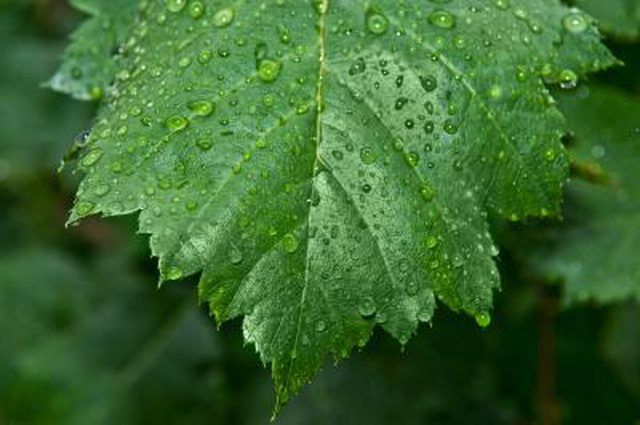Bulbs
Flower Basics
Flower Beds & Specialty Gardens
Flower Garden
Garden Furniture
Garden Gnomes
Garden Seeds
Garden Sheds
Garden Statues
Garden Tools & Supplies
Gardening Basics
Green & Organic
Groundcovers & Vines
Growing Annuals
Growing Basil
Growing Beans
Growing Berries
Growing Blueberries
Growing Cactus
Growing Corn
Growing Cotton
Growing Edibles
Growing Flowers
Growing Garlic
Growing Grapes
Growing Grass
Growing Herbs
Growing Jasmine
Growing Mint
Growing Mushrooms
Orchids
Growing Peanuts
Growing Perennials
Growing Plants
Growing Rosemary
Growing Roses
Growing Strawberries
Growing Sunflowers
Growing Thyme
Growing Tomatoes
Growing Tulips
Growing Vegetables
Herb Basics
Herb Garden
Indoor Growing
Landscaping Basics
Landscaping Patios
Landscaping Plants
Landscaping Shrubs
Landscaping Trees
Landscaping Walks & Pathways
Lawn Basics
Lawn Maintenance
Lawn Mowers
Lawn Ornaments
Lawn Planting
Lawn Tools
Outdoor Growing
Overall Landscape Planning
Pests, Weeds & Problems
Plant Basics
Rock Garden
Rose Garden
Shrubs
Soil
Specialty Gardens
Trees
Vegetable Garden
Yard Maintenance
How Does Temperature Affect Photosynthesis?
How Does Temperature Affect Photosynthesis?. Photosynthesis is, for lack of a better explanation, how plants and some other organisms "eat." Photosynthesis is the process in green plants by which they create carbohydrates (and the sugar glucose) by absorbing carbon dioxide from the air and water from the soil. The energy source for this process...
Photosynthesis is, for lack of a better explanation, how plants and some other organisms "eat." Photosynthesis is the process in green plants by which they create carbohydrates (and the sugar glucose) by absorbing carbon dioxide from the air and water from the soil. The energy source for this process comes from sunlight, which allows the chloraphyll in the plants (what makes them green) to utilize sunlight to fuel photosynthesis. This process can be affected by a lot of different things, but one of the most notable ones is the temperature of the plant's environment.

Generally speaking, photosynthesis of a plant will increase with an increase in temperature. At least, that is, up until 25 degrees Celsius. That temperature is considered the optimum for many plants, and photosynthesis will not increase no matter how the temperature does. The respiration of the plant will increase, though, which means it will need more carbon dioxide and water to maintain itself at higher temperatures, even though it will only be growing at its maximum rate. Additionally, plants are naturally accustomed to periods of cooler temperature during the night, so these should also be simulated in order to achieve maximum photosynthesis.

There are a number of other factors besides temperature that can affect photosynthesis, though -- such as the amount of carbon dioxide in the air for instance, and what nutrients are in the soil. The amount of water is also important, since too little or too much may kill the plant or stunt photosynthesis. Also, the amount of light that's available is important. Not only the amount though, but also what wavelength of light, as some plants respond better to some wavelengths than others. Generally speaking, each plant will have its own ideal conditions that should be sought out when trying to give it the perfect environment.
